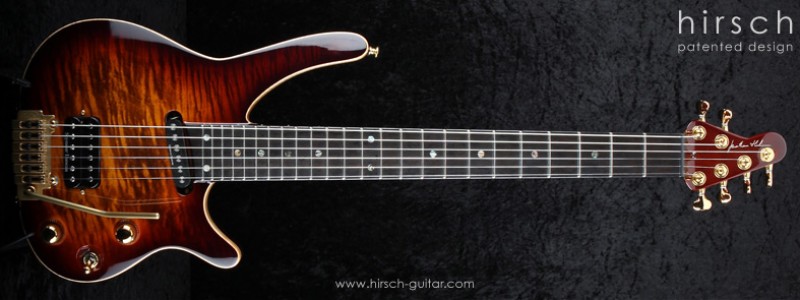I went up to London yesterday to do some market research. I took with me the original prototype guitar that I’d had built back in 1997, and trekked round the various guitar shops in and around Denmark Street with the aim of speaking to the stores’ guitar buyers and other staff. I was after their feedback both on the design and on how marketable they felt it would be. I also wanted to find out more about the music retail business, particularly around margins and how one goes about getting products into the shops – for example, would I need a distributor or could I deal direct?
I spent a good few hours there and what was really nice was how willing everyone was to give up their time and advice. So first off, a big thank you to everyone I spoke to!
It was certainly an enlightening visit, not least because it turns out that most of the shops are owned by the same company! Reactions to the design were mixed – some absolutely loved it, others weren’t so keen. That was to be expected, I think. At least no one hated it. Everyone thought it was different and interesting, and it seemed to catch the eye of quite a few shoppers.
Of course, liking it (or not) is one thing. Buying it is quite another. Would people buy it? The general view seemed to be that, yes, it would find a market, but probably quite a niche one.
A big issue there is brand. People tend to buy Fenders and Gibsons precisely because they are Fenders and Gibsons. The relative quality of a guitar is often unimportant – it seems many people would rather buy a brand-name guitar than a better quality one from a lesser-known manufacturer. People also tend to buy the guitars that their heroes play, so artist endorsements are a key part of building the brand. I’d expected that and had always assumed that I’d need to get one or more artists, either up-and-coming or already established, on board at some point. Enquiries welcome!
So would the shops potentially stock my guitar? It seems again, brand is all-important. With a good brand, and ideally some positive reviews in the guitar magazines to generate interest, they might consider it. Actually buying it for stock was unlikely without proof of demand, but some would consider taking some on sale or return. That could be an interesting experiment in any case, to see what sort of interest a Hirsch SB-1 in the window could generate. And the shop would benefit if it gets more people in through the door (although something tells me they don’t need too much help there!).
Another issue, and probably the biggest, is price. Because I don’t yet have the resources or the investment to ramp up large-scale production, the guitars will initially be built by hand in small runs of probably five or ten at a time. This means the early models will be expensive, with a likely retail price of several thousand pounds. On the one hand that’s good value for a hand-built guitar with the kind of specification we’re planning. But on the other, I fear people will simply perceive it as a travel guitar, and in that context, too expensive.
It seems that the travel guitar market has a very low price ceiling – just a few hundred pounds. People tend to buy cheap, relatively low-quality guitars for travelling with, which is understandable. I have two challenges, then, I think. One is to persuade people that this is more than a travel guitar – as the strap-line says, it’s a proper guitar… The other is to find out whether people would go above the price ceiling for the right guitar. The good news is that there doesn’t seem to be any competition in the travel guitar market at the higher price points we’re dealing with. There may, of course, be a very good reason for that!
I should add that the high-price-low-volume approach is a pragmatic one, borne of necessity. I won’t have the resources or capacity to go into the sort of volume production that would bring costs down and I won’t be able to get the investment to do so until I’ve proved that a market exists for this guitar. I higher price will shrink (probably quite massively) any potential customer base, but I’ve always expected that sales would be slow initially. If I can sell an initial run of five guitars in the first two or three months and then slowly increase sales from there, I’ll be quite happy. The key thing is to make some sales – even if just a few – to identify whether there’s a market for the guitar. We can then build from there – or not as the case may be. Even if it doesn’t work out, at least this approach will keep the investment and risk relatively minimal.
In addition, hopefully a degree of exclusivity will also help to position Hirsch as a premium brand, something to aspire to, which we can then open up to a wider customer base as we increase production capacity and reduce unit costs.
Whatever happens, I suppose one way to look at this is that it’s an opportunity for early-adopters to buy into the first editions of a unique guitar while it’s still rare. Who knows, perhaps one day they’ll be collector’s items… Get ‘em while they’re hot!
